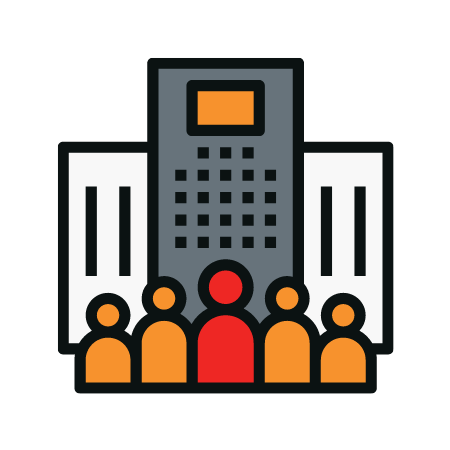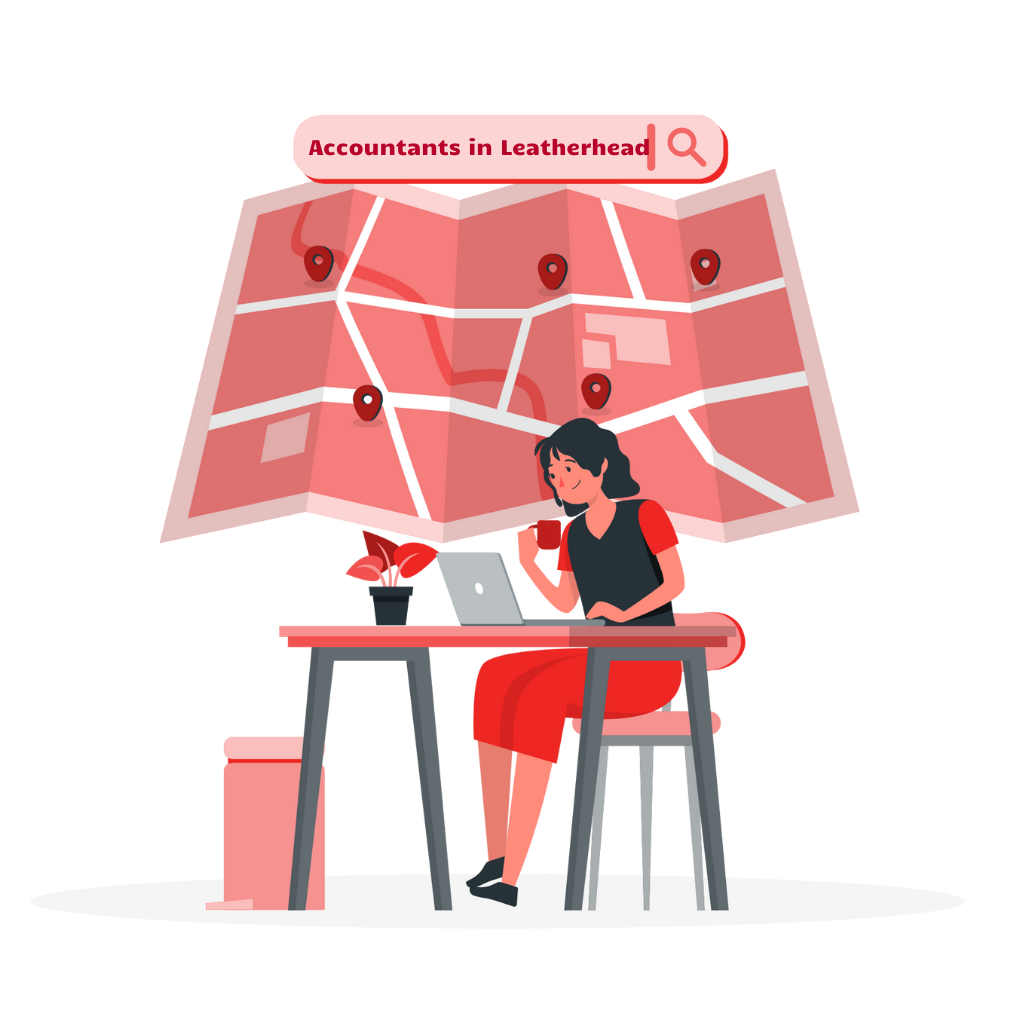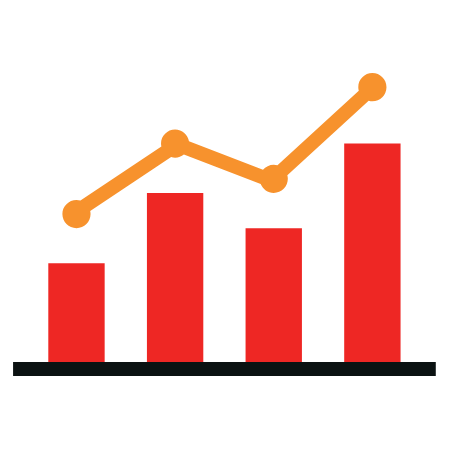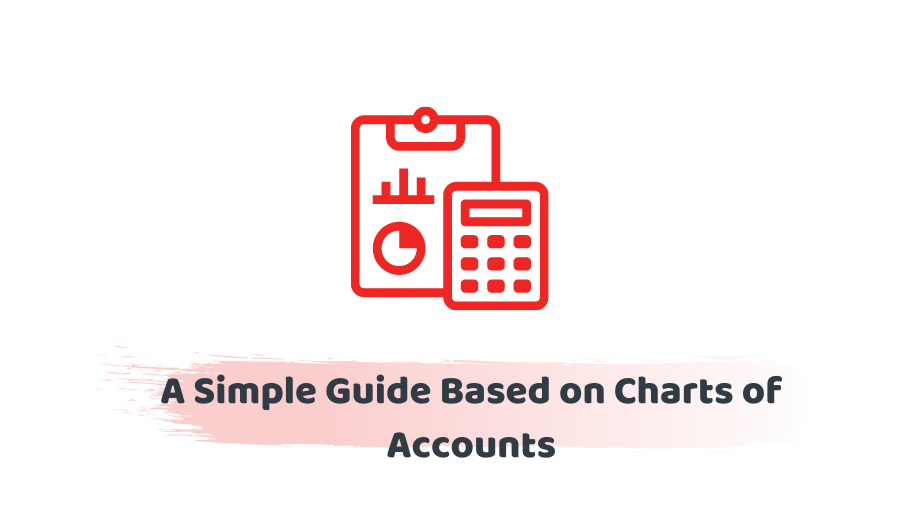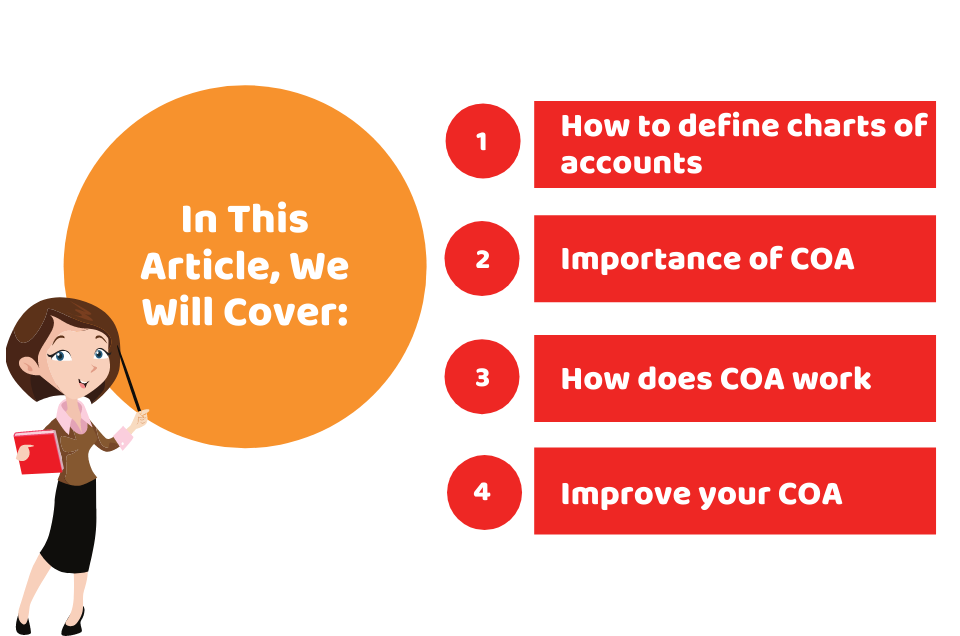It can be quite challenging when you are required to keep a track of your business activity. Especially the in and out moving money, however, it holds equal importance in business to keep an insight of cash flow. The view of the general financial health of an organisation is something that can’t be ignored in order to ensure the business flourishes. Charts of accounts is a recommendable addition for financial analysis.
In this comprehensive guide, we will explore:
- How to define charts of accounts?
- Importance of COA
- How does COA work?
- Improve your COA
How to define Charts of Accounts?
First, let’s start to delve into an understanding of the chart of accounts. The company’s general ledger holds all its financial accounts and COA is known to be an index of all of these financial accounts. With the help of COA, you can easily have a breakdown of money moving in and out in a given time period.
Different subcategories are further cleared through this breakdown. COA allows having a clear insight into the effectiveness of all possible areas of your business including liabilities, expenditures, revenues and assets.
Accotax Chartered Accountants in London is a dedicated firm based in Morden, UK. Call us at 020 3441 1258 or send us an email at [email protected].
Importance of COA:
The COA is significant for numerous reasons. Most importantly, it offers you an understanding of the financial health of your company. This is beneficial for the organisation and its owners, additionally, for buyers and shareholders who might not manage to have a look at your company’s everyday operations.
It additionally makes it less complicated for agencies to see with economic reporting standards, which makes a COA extraordinarily useful for organisations of all sizes.
How does COA work?
In a COA, the records of accounts are shown in such a way that they clearly appear to your statements. Consequently, property, liabilities, and shareholders’ equity are proven first, accompanied by sales and expenses.
Within your COA, those extensive categories are probable to have subcategories. For example, the assets can consist of the following subcategories:
- Accounts receivable
- Cash Prepaid expenses
- Inventory
- Fixed property
- Petty cash
- Marketable securities
- Allowance for doubtful accounts
- Accumulated depreciation
Liabilities can also be divided into subcategories:
- Accounts payable
- Wages payable
- Notes payable
- Taxes payable
- Accrued Liabilities
Get an instant quote based on your requirements online in under 2 minutes, Sign up online or request a callback.
Improve Your COA:
When you’re generating a COA, consistency is key. Try to make a COA that won’t have changes for numerous years so you can examine and compare easily. In case of the addition of new accounts frequently, then it turns tougher to examine and compare your records over years.
You need to frequently overview the COA to look if anything includes inessential data. If they do, close down the accounts the chart at a doable size.
Interested in ACCOTAX? Why not speak to one of our qualified accountants? Give us a call on 0203 4411 258 or request a callback. We are available from 9:00 am – 05:30 pm Monday to Friday.
Conclusion:
To sum up the above discussion based on charts of accounts, we can say that COA holds prominent significance to keep the financial records straight as well as the general ledger of the company. Also, the insight into the growth in different areas of business helps to increase business valuation. We hope this article helped to develop a better understanding of COA.
Can’t find what you are looking for? why not speak to one of our experts and see how we can help you are looking for.
Disclaimer: This article intends to provide general information based on charts of accounts.












